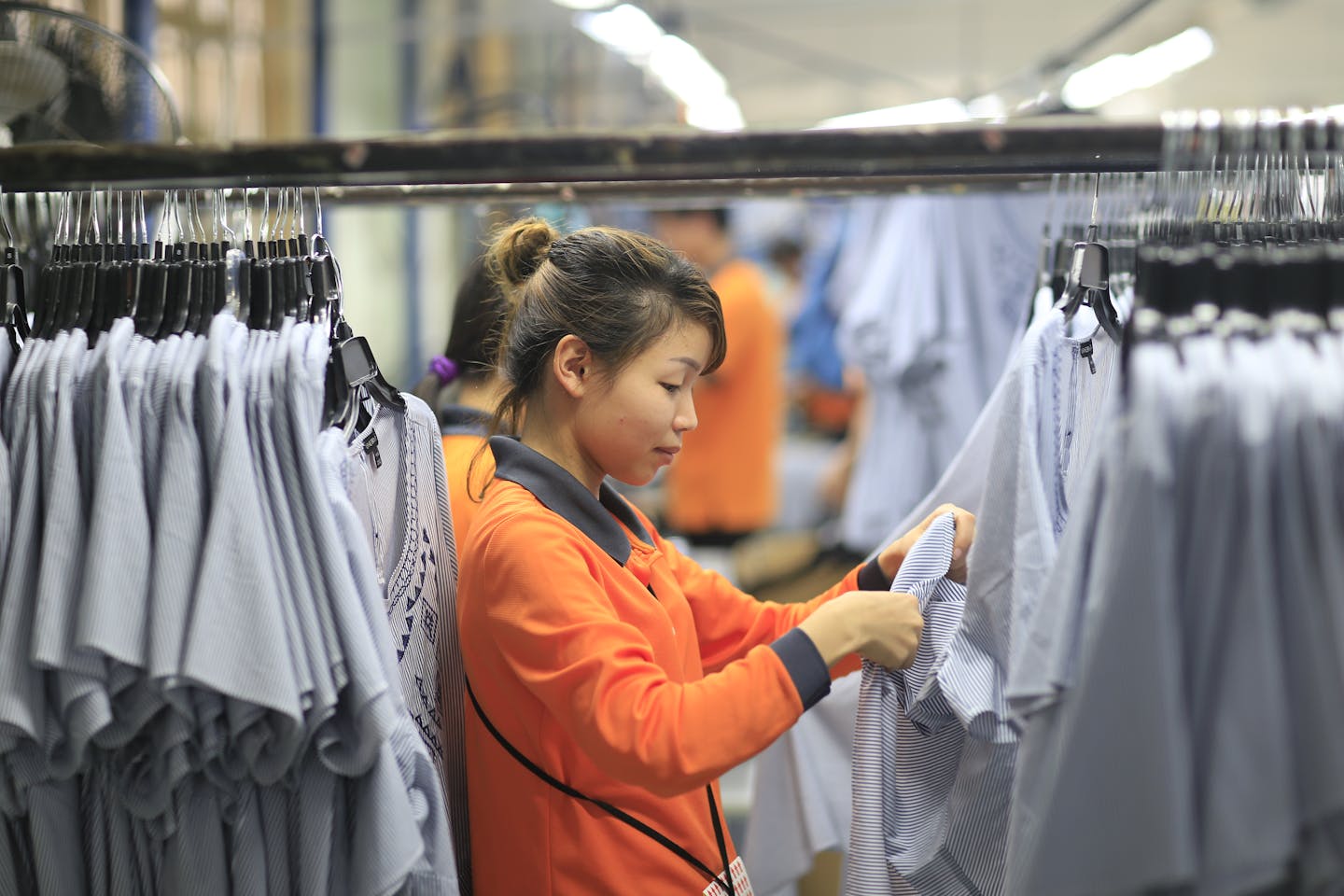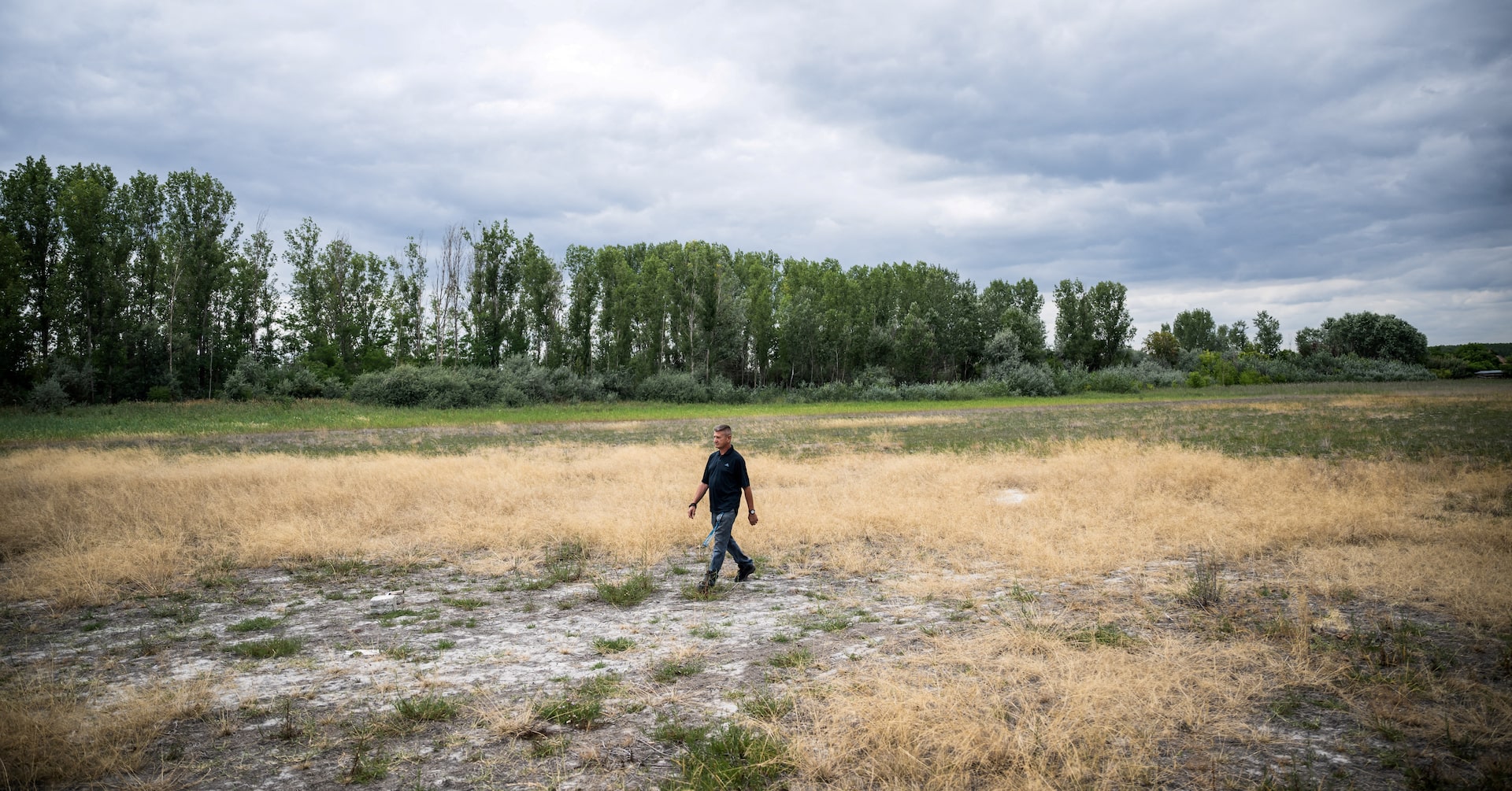Copyright eco-business

The joint initiative catering to small and medium-sized factories has already installed a combined capacity of more than seven megawatt-peak (MWp) in the last two years, said Mukti. While such a capacity is not terribly large, GGI’s solar installations have grown by more than 200 per cent in the last 18 months and it plans to build out capacity in the coming years, he added. Other initiatives being tested include the Apparel Impact Institute, which is pooling contributions from brands and philanthropic organisations to support Bangladeshi factories in developing rooftop solar capacity. Bangladesh’s textile-dominated industrial sector could build roughly 5,000 MW of solar power, about fifth of the country’s total generation capacity, while rooftop solar installations now make up less than 1 per cent, according to an analysis by the Institute for Energy Economics and Financial Analysis (IEEFA), a global think tank. “Industrial rooftop solar has not been reaching its true potential as many manufacturers struggle to access the required finance,” said Shafiqul Alam, IEEFA’s lead energy analyst for Bangladesh. Smaller factories in focus Most of the progress in building rooftop solar capacity so far has come from large manufacturers. The DBL Group, one of the country’s biggest manufacturers with 50,000 workers, invested to build 5.42 MW capacity on its factory rooftops - a significant amount for a single business group - and plans to multiply its solar generation in the next few years. “Arranging finance for renewable energy projects is not a big challenge for us - and we have made our own investments in our rooftop solar plants,” said Mashook Mujib Chowdhury, senior manager of sustainability at the DBL Group. Large suppliers are more likely to build rooftop solar plants with their own investments using capital expenditure, said Chowdhury. Smaller joint initiatives like the GGI by SOLShare and Bestseller, on the other hand, are implementing operational expenditure projects in the textile sector, he said. This means an energy company builds, owns and runs the rooftop solar plant and charges the factory for the power generated - while selling any surplus power to the grid. Such a model “works better for smaller suppliers to meet their gaps in finance, knowledge, and technical know-how,” said Mohiuddin Rubel, former director of Bangladesh Garment Manufacturers and Exporters Association and also managing director of Denim Expert Ltd. Brand perspective For fashion brands like Bestseller, reducing suppliers’ emissions is key to their decarbonisation goals as these account for 96 per cent of the sector’s emissions, said a study published last year by the Apparel Impact Institute. “As a big buyer from Bangladesh - one of our key sourcing regions - we are committed to support suppliers who are navigating more and more climate targets,” said Felicity Tapsell, head of responsible sourcing at Bestseller. Bestseller is also considering supporting suppliers with big ticket clean technology investments like biomass boilers or heat pumps, said Tapsell. “Financing solar plants on factory rooftops may not be enough - as they need a few more things for energy transition,” said Rubel. For decarbonisation to be sustainable, suppliers need long-term partnership from brands, low-cost financing and tax cuts from the government, he added. This story was published with permission from Thomson Reuters Foundation, the charitable arm of Thomson Reuters, that covers humanitarian news, climate change, resilience, women’s rights, trafficking and property rights. Visit https://www.context.news/.



